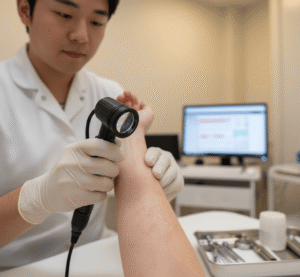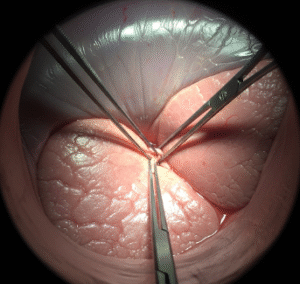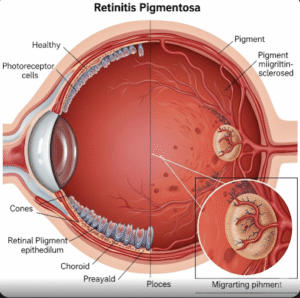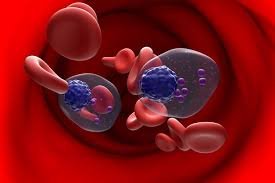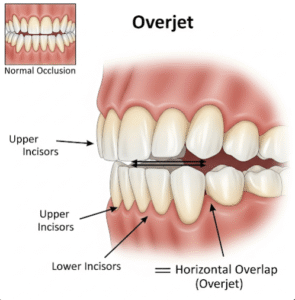Overview
Hemorrhagic fever refers to a group of viral infections that cause fever, bleeding, and damage to blood vessels. In Korea, hemorrhagic fevers such as Hantavirus Pulmonary Syndrome (HPS) and Hantaan virus infections are monitored by public health authorities. Prompt recognition and treatment are critical due to potential life-threatening complications.
What is Hemorrhagic Fever?
Hemorrhagic fever is caused by viral infections that lead to systemic inflammation, vascular leakage, and bleeding. The disease can range from mild symptoms to severe organ failure, depending on the virus type and patient health. Both children and adults can be affected, particularly in rural or rodent-exposed areas.
Symptoms
- Sudden high fever
- Fatigue and muscle aches
- Headache and dizziness
- Abdominal pain or nausea
- Bleeding from gums, nose, or skin
- Low blood pressure and shock in severe cases
- Kidney or liver dysfunction
Causes
- Hantavirus infection transmitted via rodent droppings or urine
- Other viral hemorrhagic fevers (less common in Korea)
- Weakened immune system increasing susceptibility
- Environmental exposure to contaminated areas
Risk Factors
- Living or working in rural areas with rodent exposure
- Contact with rodent urine, droppings, or nesting materials
- Outdoor activities such as farming or hiking
- Immunocompromised individuals
- Lack of protective measures against rodents
Complications
- Acute kidney injury (especially in Hantavirus infections)
- Shock and multi-organ failure
- Pulmonary edema and respiratory distress
- Severe bleeding requiring transfusions
- Long-term fatigue or organ damage
Prevention
- Avoid contact with rodents and their excreta
- Maintain clean living and working environments
- Use protective gear when handling soil or debris in rodent-prone areas
- Vaccination is limited but monitored for high-risk populations
- Prompt medical attention if fever and bleeding symptoms occur
Treatment Options in Korea
Diagnosis
- Blood tests to detect viral antibodies or RNA
- Urine and kidney function tests to monitor organ involvement
- Imaging (chest X-ray, CT) if pulmonary symptoms develop
- Monitoring of vital signs and bleeding parameters
Medical Treatments
- Hospitalization for close monitoring and supportive care
- Fluid replacement and electrolyte management
- Oxygen therapy for respiratory complications
- Blood transfusions if severe bleeding occurs
- Medications: Antivirals in some cases, symptomatic treatment, and management of organ dysfunction
Rehabilitation and Support
- Gradual recovery monitoring for kidney and liver function
- Nutritional support to aid recovery
- Psychological support for patients affected by severe illness
- Education on rodent exposure prevention and environmental hygiene


